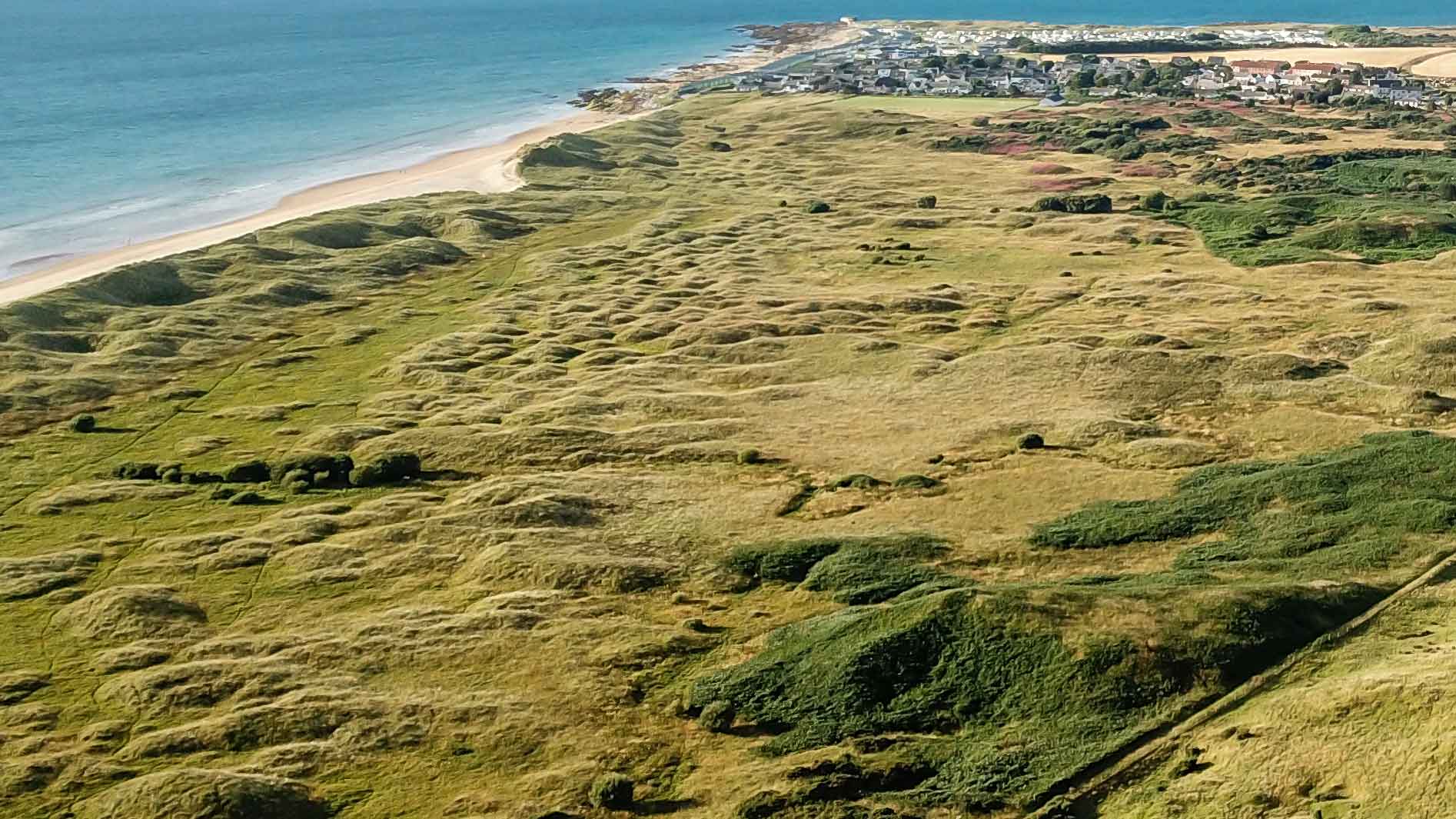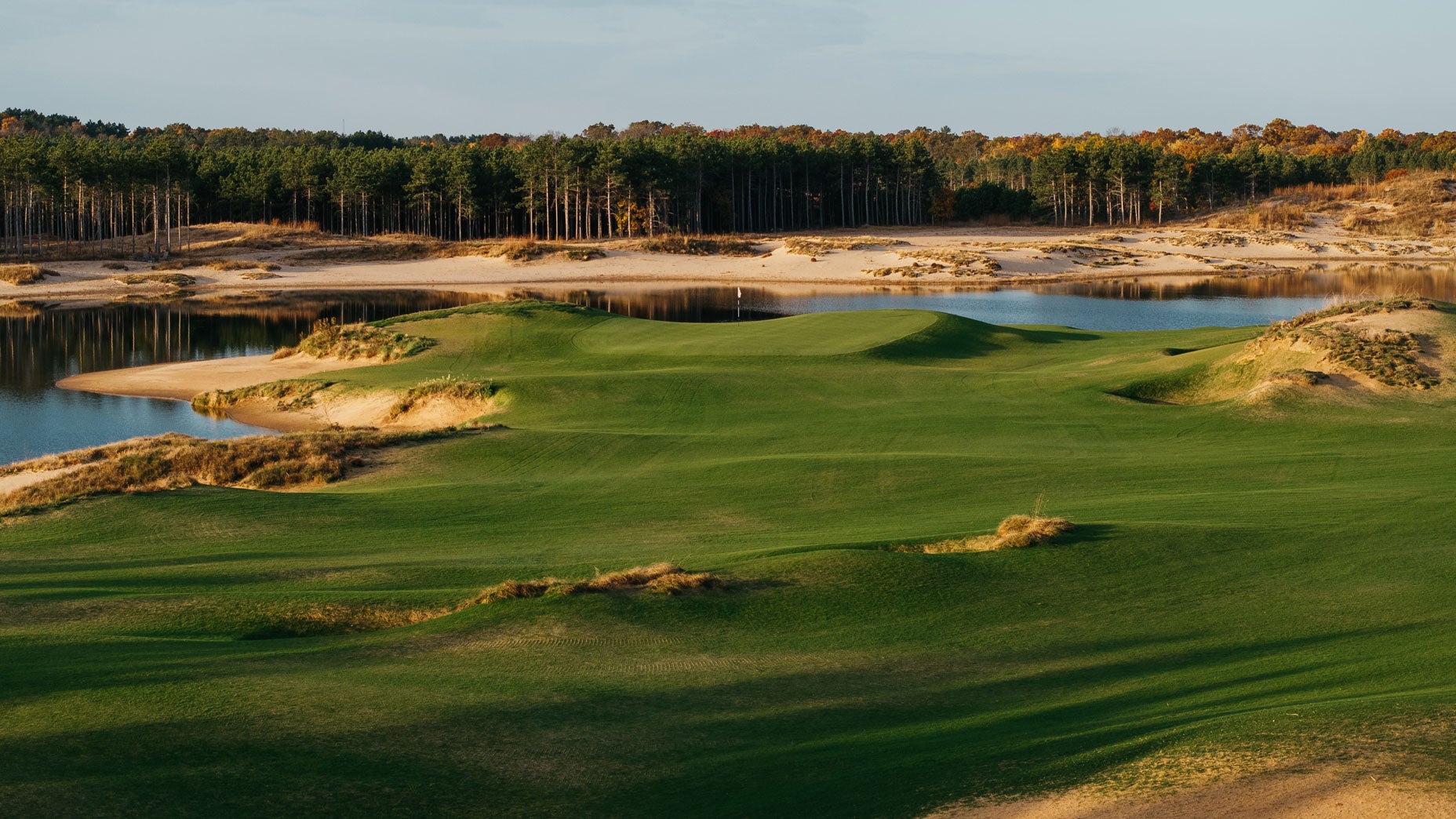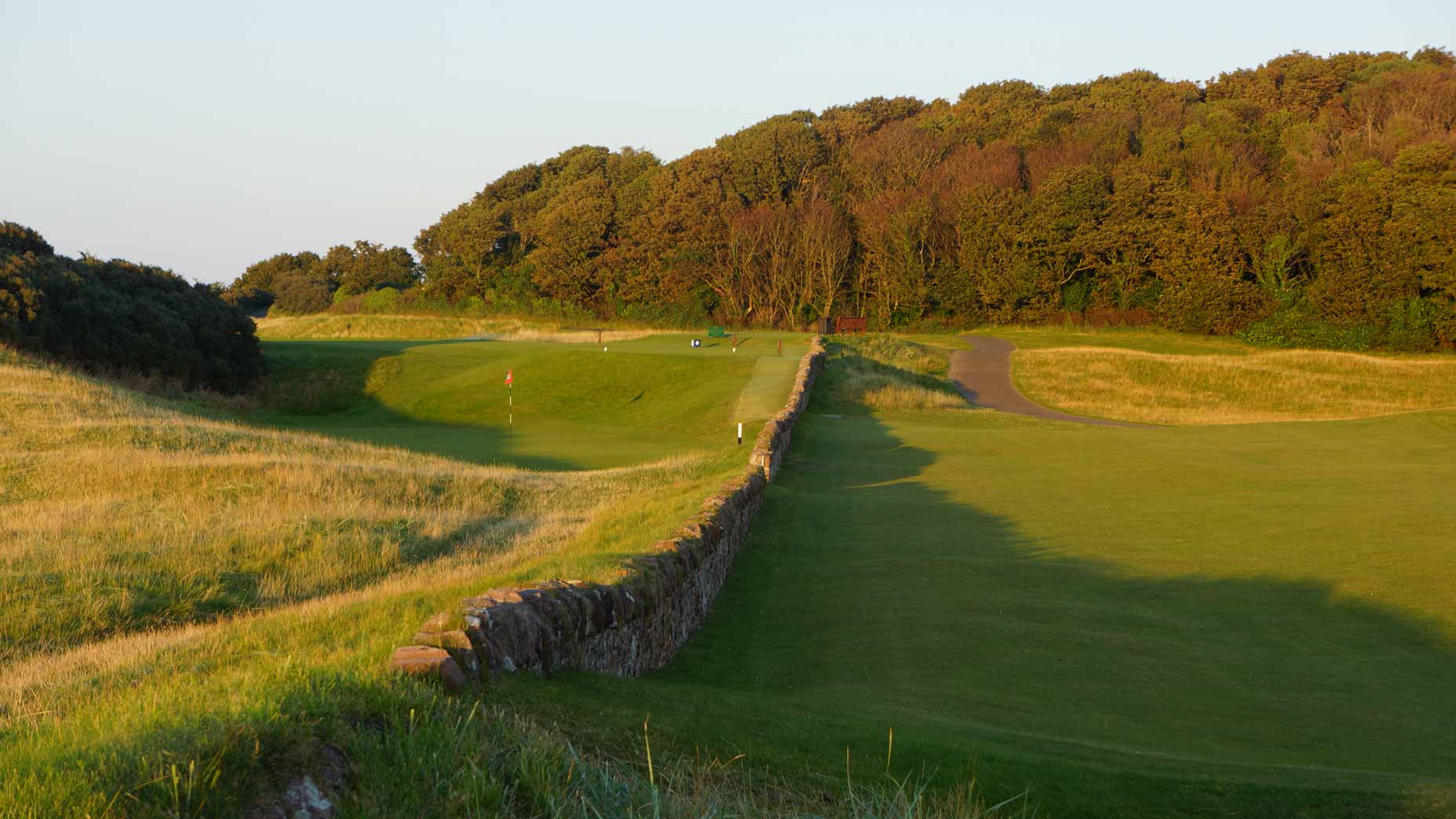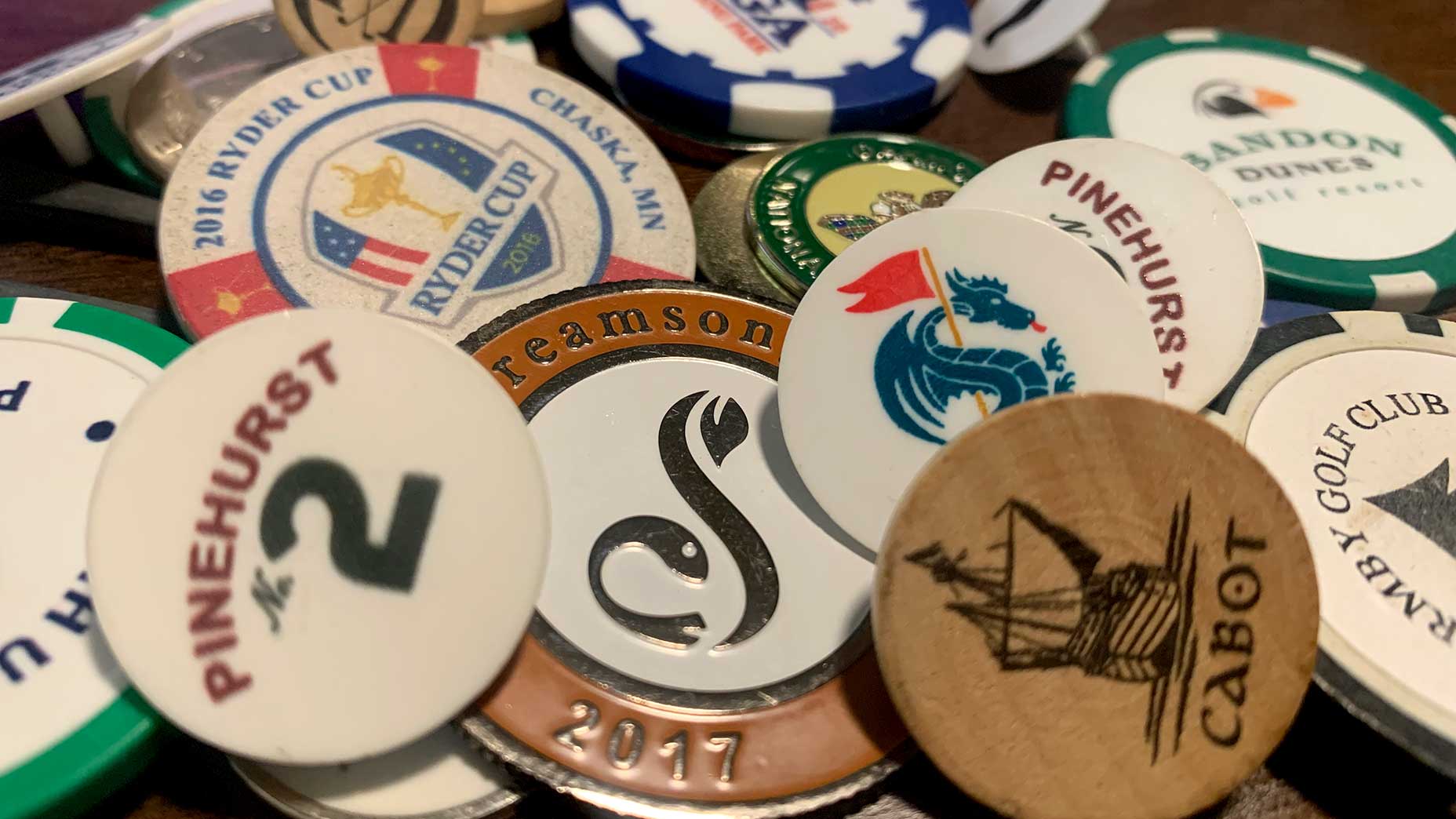With Bellerive Country Club in suburban St. Louis hosting the 100th PGA Championship, and Firestone hosting the Tour for perhaps the last time with this year’s Bridgestone Invitational, the spotlight shines again on Robert Trent Jones Sr. In the passage of time since his death in 2000, it’s easy to forget what a dominant figure he was.
More than 50 of his courses have cracked different Top 100 lists, and he was tasked with altering or building anew more than half of the U.S. Open venues between 1950 and 1970. The man who coined the phrase “Give your course a signature” became the first celebrity designer. His trademarks include long, “runway” teeing grounds, enormous, contoured greens and extensive use of water hazards. His redesign of Oakland Hills for the 1951 Open epitomized “target golf,” but he is more often credited with inventing the term “heroic” to describe the school of design that merged the best of the penal and strategic into a given hole. He was, and is, a giant in design.

Less well known is that he developed his philosophy from being part artist, part pragmatist. Early on, in his work of the ’30s and ’40s, he embraced fluidity of lines, fitting the golf course into nature. He rejected the linear, sharp-edged designs of C.B. Macdonald/Seth Raynor, the penal unfairness of British links golf (where you might have to escape a bunker by going backwards), and the push-up greens of Donald Ross, which rejected instead of accepted shots.
Jones was heavily influenced instead by Alister MacKenzie and Augusta National, promoting strategic design, in which there are multiple ways to arrive at the same point without being punished. In his middle period of the late ’50s, he embraced the modern aerial game, and saw it as his role to “defend par” against advances in equipment and player skills.
At Bellerive, Firestone and Congressional, he propped up his greens for shotmaking demands as well as a way to get them to drain properly. With trends returning to sandy sites and ground-game options, the Trent Jones style no longer dominates course rankings. But with late-in-life triumphs such as Alabama’s Robert Trent Jones Golf Trail, it’s clear that the Jones legacy of strategic, scenic, demanding golf will never disappear.

Play RTJ!
To sample Robert Trent Jones Sr.’s greatest works, try these four tracks.
Spyglass Hill Golf Course, Pebble Beach, Calif.
With five holes that cut through brilliant white sand dunes along the Pacific, followed by 13 that twist through the forest, Spyglass has thoroughly tested and entertained Tour pros since 1967. Rates: $225-$435
Dunes Golf & Beach Club, Myrtle Beach, S.C.
Vintage early Jones from 1948, this coastal layout features all of the classic RTJ features, including a dogleg on the heroic par-5 13th that turns 110 degrees around Singleton Lake. Rates: $130-$250
Mauna Kea Golf Course, Big Island, Hawaii
Jones listed this 1964 Big Island design as one of his five faves. Elevated greens, yawning traps and the incredible, over-the-ocean par-3 third showcase RTJ’s classic traits. Rates: $180-$285
Grand National Golf Club (Lake), Opelika, Ala.
Perhaps the best bargain on the value-laden Robert Trent Jones Golf Trail, this former PGA Tour host sports tattered-edge bunkers, huge greens and water hazards galore. Rates: $65-$88

Family Jewels
Both of Robert Trent Jones Sr.’s sons, Bob Jr. and Rees, have enjoyed extremely successful design careers of their own. Here are the top three courses from each.
ROBERT TRENT JONES, JR.
Chambers Bay, University Place, Wash.
This county-owned public layout alongside the Puget Sound played host to the 2015 U.S. Open.
The Prince Course at Princeville, Kauai, Hawaii
Closed since 2015 to accommodate a new real estate development plan but reopening soon, this rugged, jungle-edged layout features waterfalls
and ocean vistas.
Bro Hof Slott (Stadium), Stockholm, Sweden
This Scandinavian Masters venue stretches nearly 8,000 yards. Sprawling bunkers, lakes (it sits atop a huge fjord) and gallery areas make it a potential Ryder Cup site.
REES JONES
Atlantic, Bridgehampton, N.Y.
Ocean breezes and native-grass mounding mark this private spread, which hosted the 1997 U.S. Senior Amateur and the 2010 U.S. Mid-Amateur.
Ocean Forest, Sea Island, Ga.
This flattish, coastal design mixes parkland and linksy holes. It played host to the 2001 Walker Cup, when Luke Donald went 3-1 for the victors.
TPC Danzante Bay, Loreto, B.C.S, Mexico
Rees’ newest creation features towering mountains framing many holes, and sand dunes and beach bordering others, yielding a Palm Springs-meets-the-sea ambience.






